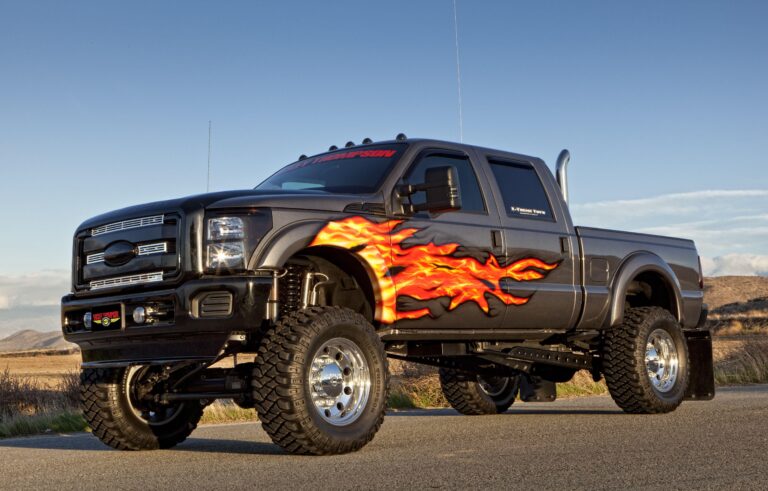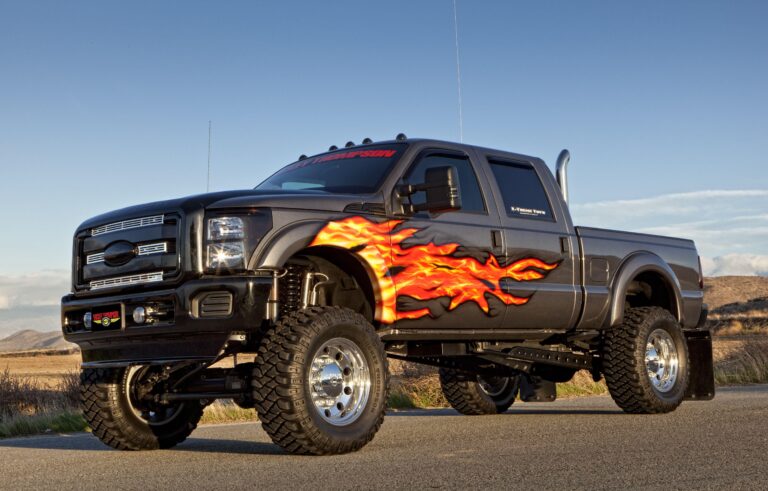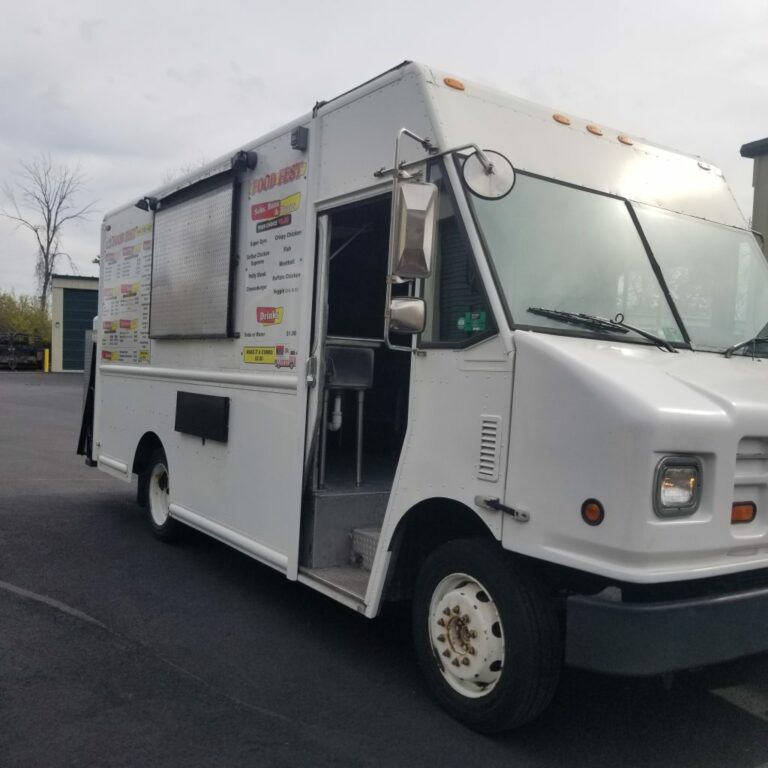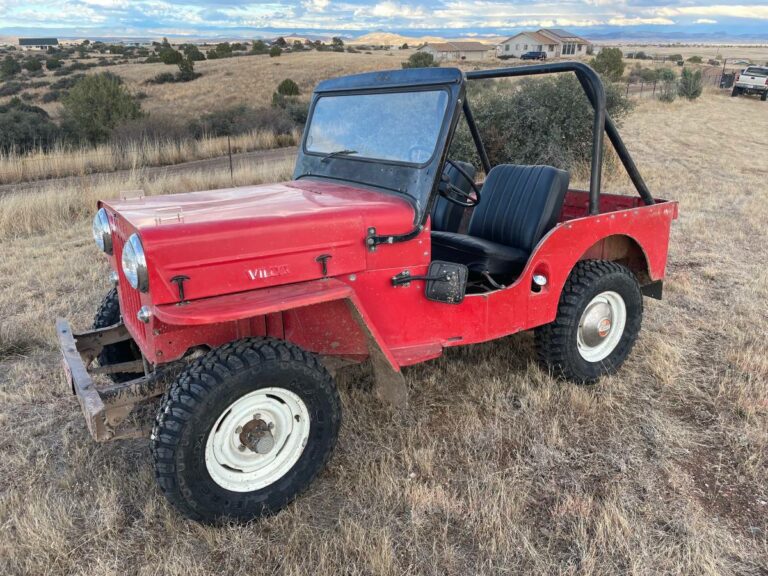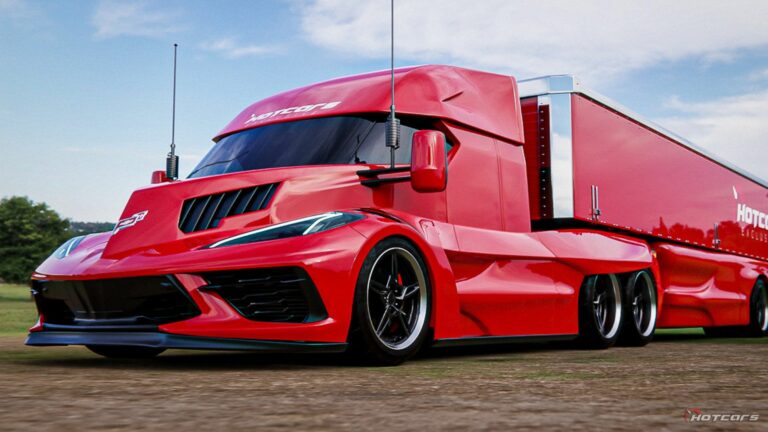3500 Heavy Duty Trucks For Sale: Your Ultimate Guide to Power and Performance
3500 Heavy Duty Trucks For Sale: Your Ultimate Guide to Power and Performance cars.truckstrend.com
In the world of workhorses, where raw power meets unwavering reliability, the 3500 heavy-duty truck stands as a formidable contender. These trucks are not just vehicles; they are indispensable tools designed to tackle the most demanding tasks, from hauling massive loads and towing colossal trailers to serving as the backbone of countless commercial operations. If you’re in the market for a truck that goes beyond the capabilities of a typical half-ton or three-quarter-ton, understanding the nuances of 3500 heavy-duty trucks for sale is paramount. This comprehensive guide will equip you with the knowledge needed to make an informed decision, ensuring you invest in a machine that truly meets your heavy-duty requirements.
What Defines a 3500 Heavy Duty Truck?
3500 Heavy Duty Trucks For Sale: Your Ultimate Guide to Power and Performance
The "3500" designation typically refers to a Class 3 truck, often known as a "one-ton" pickup. While the "ton" designation is historical and no longer accurately reflects payload capacity, the 3500 series represents a significant leap in capability compared to its 1500 (half-ton) and 2500 (three-quarter-ton) counterparts.
Key characteristics that define a 3500 heavy-duty truck include:
- Gross Vehicle Weight Rating (GVWR): These trucks generally have a GVWR ranging from 10,001 to 14,000 pounds. This rating signifies the maximum permissible weight of the vehicle, including its own weight, passengers, cargo, and any accessories.
- Payload Capacity: With robust frames and heavy-duty suspension systems, 3500 trucks boast impressive payload capacities, often exceeding 7,000 pounds. This allows them to carry substantial cargo in their beds without compromise.
- Towing Capacity: This is where 3500s truly shine. Equipped with powerful engines (often diesel), heavy-duty transmissions, and reinforced chassis, they can tow conventional trailers weighing upwards of 20,000 pounds and fifth-wheel/gooseneck trailers exceeding 35,000 pounds, depending on the configuration.
- Engine Options: Most 3500 models offer large-displacement gasoline engines and, crucially, high-torque turbo-diesel engines, which are favored for their longevity, fuel efficiency under load, and immense pulling power.
- Drivetrain and Suspension: Expect heavy-duty axles, robust braking systems, and advanced suspension components designed to manage extreme weights and forces. Many models offer the option of Dual Rear Wheels (DRW), commonly known as "duallies," which significantly enhance stability and increase towing/payload capacities.
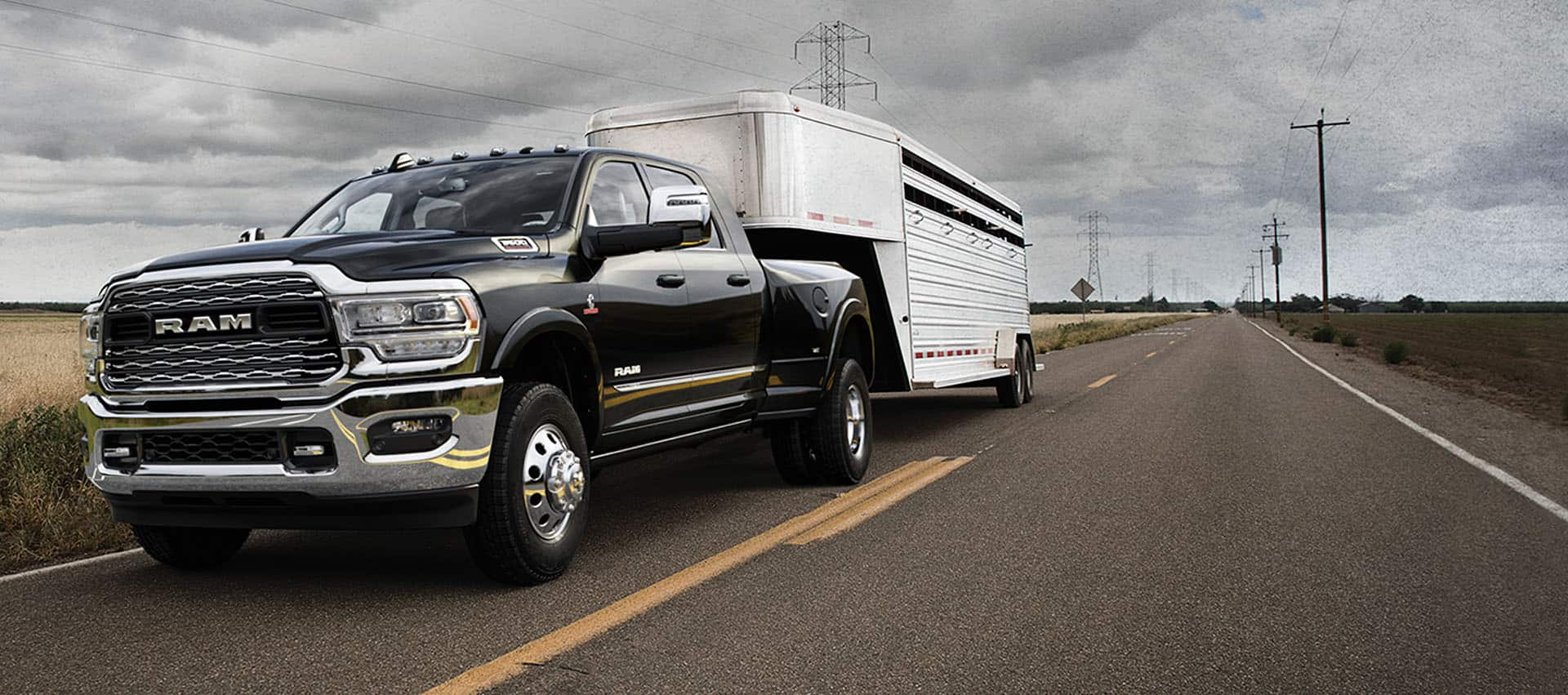
These attributes make 3500 trucks the preferred choice for serious commercial applications, agriculture, construction, large RV towing, hotshot trucking, and anyone who regularly needs to move very heavy loads.
Benefits of Owning a 3500 Heavy Duty Truck
Investing in a 3500 heavy-duty truck offers a multitude of advantages for both personal and professional users:
- Unmatched Towing and Hauling Capability: This is the primary reason to choose a 3500. They are built to tow large fifth-wheel RVs, gooseneck trailers with heavy equipment, livestock, or multiple vehicles with ease and safety.
- Durability and Longevity: Engineered for demanding work, these trucks feature stronger components throughout, leading to greater reliability and a longer service life, especially the diesel variants when properly maintained.
- Versatility: Beyond just towing, 3500s can be upfitted with various service bodies, flatbeds, dump beds, or snow plows, transforming them into specialized tools for different industries.
- Enhanced Safety: Their substantial weight and robust braking systems provide a sense of stability and control, especially when navigating with heavy loads. Many modern 3500s also come equipped with advanced driver-assist and towing-specific safety technologies.
- Strong Resale Value: Due to their specialized capabilities and durability, 3500 heavy-duty trucks tend to hold their value well, particularly well-maintained diesel models.

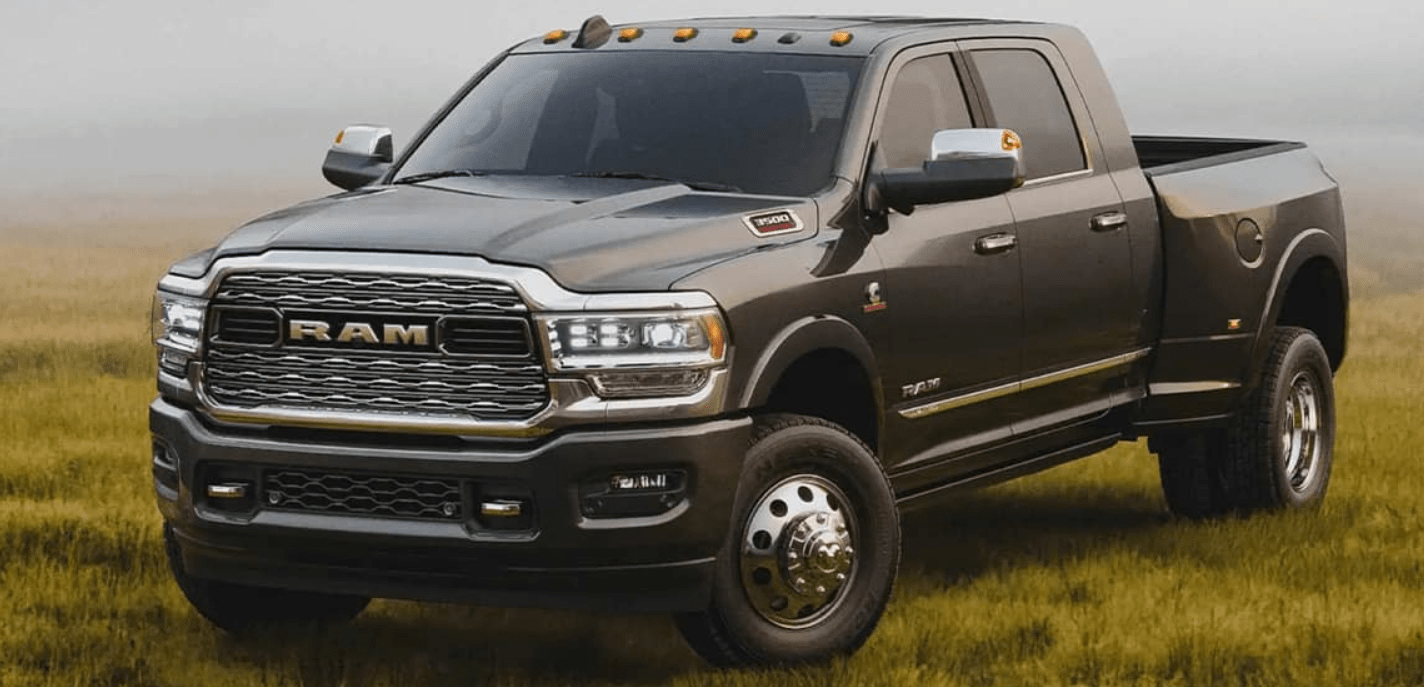
Key Considerations When Buying a 3500 Heavy Duty Truck
The process of buying a 3500 truck requires careful consideration of several factors to ensure you select the perfect match for your needs and budget.
New vs. Used
- New Trucks: Offer the latest technology, full factory warranties, and customization options. However, they come with a higher initial price tag and faster depreciation in the first few years.
- Used Trucks: Provide significant cost savings and often allow you to get a higher trim level or more features for your money. The trade-off is potential wear and tear, limited warranty (if any), and the need for thorough inspection.
Engine Type: Diesel vs. Gasoline
- Diesel Engines:
- Pros: Superior torque for towing, better fuel economy under load, excellent longevity (often 300,000+ miles), strong resale value.
- Cons: Higher initial cost, more expensive maintenance and repairs, more complex emissions systems, diesel fuel can be more expensive and harder to find in some areas.
- Gasoline Engines:
- Pros: Lower initial cost, cheaper and simpler maintenance, quicker warm-up times, generally quieter.
- Cons: Less torque for extreme towing, lower fuel economy, shorter lifespan compared to diesels in heavy-duty applications.
Recommendation: For consistent heavy towing or commercial use, a diesel engine is almost always the more economical and capable choice in the long run. For occasional heavy use or lighter duties within the 3500’s capacity, a gas engine might suffice.
Drivetrain: 2WD vs. 4WD
- 2WD (Two-Wheel Drive): Lighter, slightly better fuel economy, lower cost. Suitable for paved roads and light-duty off-road use.
- 4WD (Four-Wheel Drive): Essential for off-road terrain, construction sites, snowy/icy conditions, or launching boats on slippery ramps. Adds weight, cost, and complexity.
Cab Configuration and Bed Length
- Cab: Regular Cab (2 doors, 2-3 seats), Extended Cab (2-4 doors, small rear seats), Crew Cab (4 full doors, spacious rear seats). Choose based on passenger needs.
- Bed Length: Short Bed (approx. 6.5 ft) or Long Bed (approx. 8 ft). Long beds are crucial for hauling full sheets of plywood or drywall, and often necessary for fifth-wheel hitches, providing better clearance.
Single Rear Wheel (SRW) vs. Dual Rear Wheel (DRW)
- SRW: More agile, easier to park, less expensive tires. Suitable for significant but not extreme towing, and when maneuvering in tight spaces is a priority.
- DRW (Dually): Offers maximum stability and significantly higher payload and towing capacities due to increased tire surface area and weight distribution. Essential for the heaviest fifth-wheel/gooseneck towing. Wider stance means more challenging parking and higher tire replacement costs.
GVWR and GCWR: Understanding Your Limits
- Gross Vehicle Weight Rating (GVWR): The maximum loaded weight of the truck itself.
- Gross Combined Weight Rating (GCWR): The maximum loaded weight of the truck and its attached trailer.
- Always ensure your chosen truck’s ratings exceed your anticipated maximum load to operate safely and legally.
Maintenance and Running Costs
Beyond the purchase price, consider fuel, insurance, tire replacement (especially for duallies), and regular maintenance. Heavy-duty trucks, particularly diesels, have specific and often more expensive maintenance requirements.
Where to Find 3500 Heavy Duty Trucks For Sale
Finding the right 3500 truck requires exploring various avenues:
- Authorized Dealerships: New trucks are available directly from Chevrolet, Ford, Ram, and GMC dealers. They also often have certified pre-owned (CPO) options.
- Used Car Dealerships: Many dealerships specialize in used trucks, offering a wide variety of makes and models.
- Online Marketplaces: Websites like AutoTrader, Cars.com, Commercial Truck Trader, and eBay Motors allow you to filter by make, model, year, and specific features.
- Auctions: Public auctions, government surplus sales, and specialized vehicle auctions can offer good deals, but require careful inspection and knowledge of the bidding process.
- Private Sellers: Check local classifieds and online platforms like Facebook Marketplace. Private sales can offer lower prices but come with more risk and less buyer protection.
Tips for a Successful Purchase
- Define Your Needs: Be crystal clear about what you will use the truck for. What’s the heaviest load you’ll haul? What’s the maximum trailer weight? How often will you use it for heavy work?
- Set a Realistic Budget: Include not just the purchase price, but also sales tax, registration, insurance, and initial maintenance costs.
- Research Thoroughly: Compare models from different manufacturers (Ram 3500, Ford F-350, Chevrolet Silverado 3500HD, GMC Sierra 3500HD). Read reviews, watch videos, and identify common issues for specific years or models.
- Inspect the Vehicle (Crucially for Used): If buying used, a pre-purchase inspection by a trusted mechanic is non-negotiable. Check for rust, fluid leaks, tire wear, brake condition, and listen for unusual noises.
- Test Drive Extensively: Drive on different road types. If possible, test drive with a load similar to what you’ll be hauling to assess performance.
- Check Vehicle History Reports: For used trucks, obtain a CarFax or AutoCheck report to check for accidents, salvage titles, flood damage, service history, and odometer discrepancies.
- Negotiate Smartly: Be prepared to negotiate the price. Have your financing in order before you start.
- Understand Financing and Warranty: Explore loan options. For new trucks, understand the factory warranty. For used, consider aftermarket warranties if available and make sense for your budget.
Potential Challenges and Solutions
- High Initial Cost: 3500 trucks are a significant investment. Solution: Explore used models, consider financing options, and factor the truck’s potential to generate income if for commercial use.
- Fuel Economy: While better under load, these trucks aren’t fuel-efficient daily drivers. Solution: Opt for a diesel for better mpg under load, optimize driving habits, and consider if you truly need a 3500 for daily commuting.
- Maneuverability and Parking: Their size, especially duallies, can make urban driving and parking challenging. Solution: Practice, utilize modern parking aids (cameras, sensors), and plan routes carefully.
- Maintenance Expenses: Heavier components mean higher part costs and labor rates. Solution: Adhere strictly to manufacturer’s maintenance schedules, perform regular DIY checks, and budget for maintenance.
- Finding the Right Configuration: The sheer number of options can be overwhelming. Solution: Prioritize your absolute must-have features based on your defined needs, and be patient in your search.
Representative Price Table for 3500 Heavy Duty Trucks
Please note: Prices are highly variable based on condition, mileage, trim level, options, engine type, region, and market demand. These are estimated ranges for general guidance.
| Make/Model | Year Range | Condition | Estimated Price Range (USD) | Key Features / Notes |
|---|---|---|---|---|
| Ram 3500 | 2023-2024 | New | $55,000 – $100,000+ | Cummins Diesel options, luxurious trims, high towing. |
| 2018-2022 | Used | $35,000 – $75,000 | Strong used market, good value. | |
| 2010-2017 | Used | $20,000 – $45,000 | Older tech, but still capable, potential for higher mileage. | |
| Ford F-350 Super Duty | 2023-2024 | New | $58,000 – $105,000+ | Power Stroke Diesel options, robust frame, high tech. |
| 2018-2022 | Used | $38,000 – $80,000 | Popular choice, strong resale. | |
| 2010-2017 | Used | $22,000 – $50,000 | Good work trucks, check for common issues. | |
| Chevrolet Silverado 3500HD | 2023-2024 | New | $56,000 – $98,000+ | Duramax Diesel options, strong performance. |
| 2018-2022 | Used | $36,000 – $72,000 | Reliable, comfortable, good towing. | |
| 2010-2017 | Used | $19,000 – $42,000 | Dependable workhorse, budget-friendly. | |
| GMC Sierra 3500HD | 2023-2024 | New | $57,000 – $102,000+ | Duramax Diesel options, premium features, similar to Silverado. |
| 2018-2022 | Used | $37,000 – $78,000 | Upscale option, good performance. | |
| 2010-2017 | Used | $20,000 – $45,000 | Solid performance, focus on comfort. |
Note: Prices do not include taxes, fees, or additional options.
Frequently Asked Questions (FAQ)
Q1: What’s the main difference between a 2500 and a 3500 heavy-duty truck?
A1: The primary difference lies in their Gross Vehicle Weight Rating (GVWR), payload, and towing capacities. 3500 trucks have higher GVWRs (typically 10,001-14,000 lbs) and are engineered for heavier payloads and significantly greater towing capacities, often with the option for dual rear wheels (duallies) for enhanced stability and capacity.
Q2: Do I need a special license to drive a 3500 truck?
A2: For personal use, most 3500 trucks (non-commercial) with a GVWR under 26,001 pounds do not require a Commercial Driver’s License (CDL) in the U.S. However, if you’re using it for commercial purposes, or if your Gross Combined Weight Rating (GCWR – truck + trailer) exceeds 26,001 pounds, or if you’re towing a trailer over 10,000 pounds for commercial use, a CDL (or specific endorsements) might be required. Always check your local and state Department of Motor Vehicles (DMV) regulations.
Q3: Is a diesel engine worth the extra cost for a 3500?
A3: For most heavy-duty applications involving consistent towing of heavy loads or commercial use, a diesel engine is generally worth the extra initial cost. They offer superior torque, better fuel economy under load, and often have a longer lifespan, leading to lower operating costs over time despite higher maintenance expenses. For light or occasional towing, a gas engine might be more economical.
Q4: How often should I service a 3500 heavy-duty truck?
A4: Always follow the manufacturer’s recommended service intervals outlined in the owner’s manual. Due to the stresses of heavy use, these intervals might be more frequent than for lighter vehicles. Diesel engines often have specific oil change and fuel filter replacement schedules that are crucial for their longevity.
Q5: What’s the typical lifespan of a 3500 heavy-duty truck?
A5: With proper maintenance, 3500 heavy-duty trucks, especially those with diesel engines, can reliably last for 250,000 to 500,000 miles or even more. The robust components are designed for endurance. Gasoline engines might see a slightly shorter lifespan under constant heavy loads but can still easily exceed 200,000 miles.
Conclusion
The 3500 heavy-duty truck represents the pinnacle of pickup truck capability, bridging the gap between consumer-grade vehicles and full-on commercial trucks. Whether you’re a contractor, a farmer, an RV enthusiast, or a hotshot hauler, the right 3500 can be an invaluable asset, providing the power, durability, and versatility you need to get the job done. By understanding their defining characteristics, weighing the benefits against key considerations, and employing smart buying strategies, you can confidently navigate the market for 3500 heavy-duty trucks for sale and acquire a machine that will serve you faithfully for years to come. Choose wisely, and embrace the power.

